Please sign in to access this resource
Click here to sign in
as a FL public educator Student
Access the resource on
FloridaStudents.org
Not a Florida public school educator?
Access this resourceon CPALMS.com
General Information
Aligned Standards
This vetted resource aligns to concepts or skills in these benchmarks.Related Videos
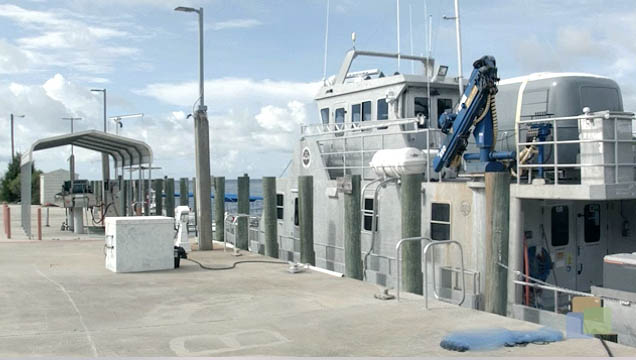
Fishery Scientist from Florida State University discusses his new research in deep sea sharks and the unusual behavior that is found when the data is graphed.
Download the CPALMS Perspectives video student note taking guide.

Shark researcher, Chip Cotton, discusses the use of regression lines, slope, and determining the strength of the models he uses in his research.
Download the CPALMS Perspectives video student note taking guide.
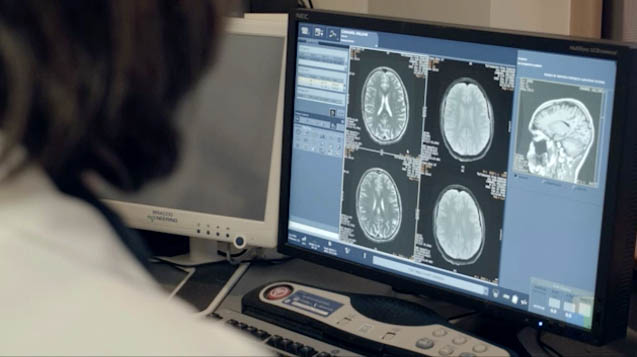
Wei Wu discusses his statistical contributions to the Birdsong project which help to quantify the differences in the changes of the zebra finch's song.

Angela Dial discusses how she solves systems of equations to determine how the composition of ocean floor sediment has changed over 65 million years to help reveal more information regarding climate change.

COAPS oceanographer Dmitry Dukhovskoy describes the process used to mathematically model eddy shedding in the Gulf of Mexico.

Laws and regulations that affect the public are being formed based on data from a variety of laboratories. How can we be sure that the laboratories are all standardized?
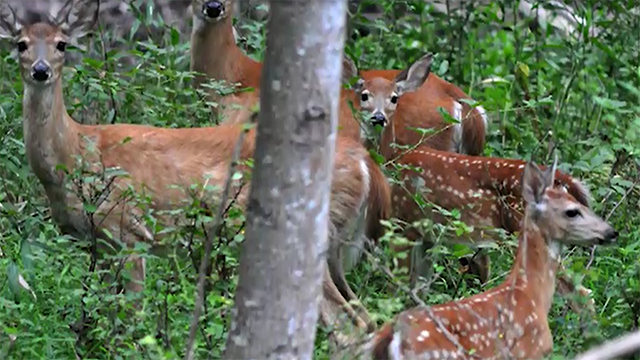
Dr. Bill McShea from the Smithsonian Institution discusses how regression analysis helps in his research.
This video was created in collaboration with the Okaloosa County SCIENCE Partnership, including the Smithsonian Institution and Harvard University.

Statistical analysis played an essential role in using microgravity sensors to determine location of caves in Wakulla County.
Download the CPALMS Perspectives video student note taking guide.

The tide is high! How can we statistically prove there is a relationship between the tides on the Gulf Coast and in a fresh water spring 20 miles from each other?
Download the CPALMS Perspectives video student note taking guide.
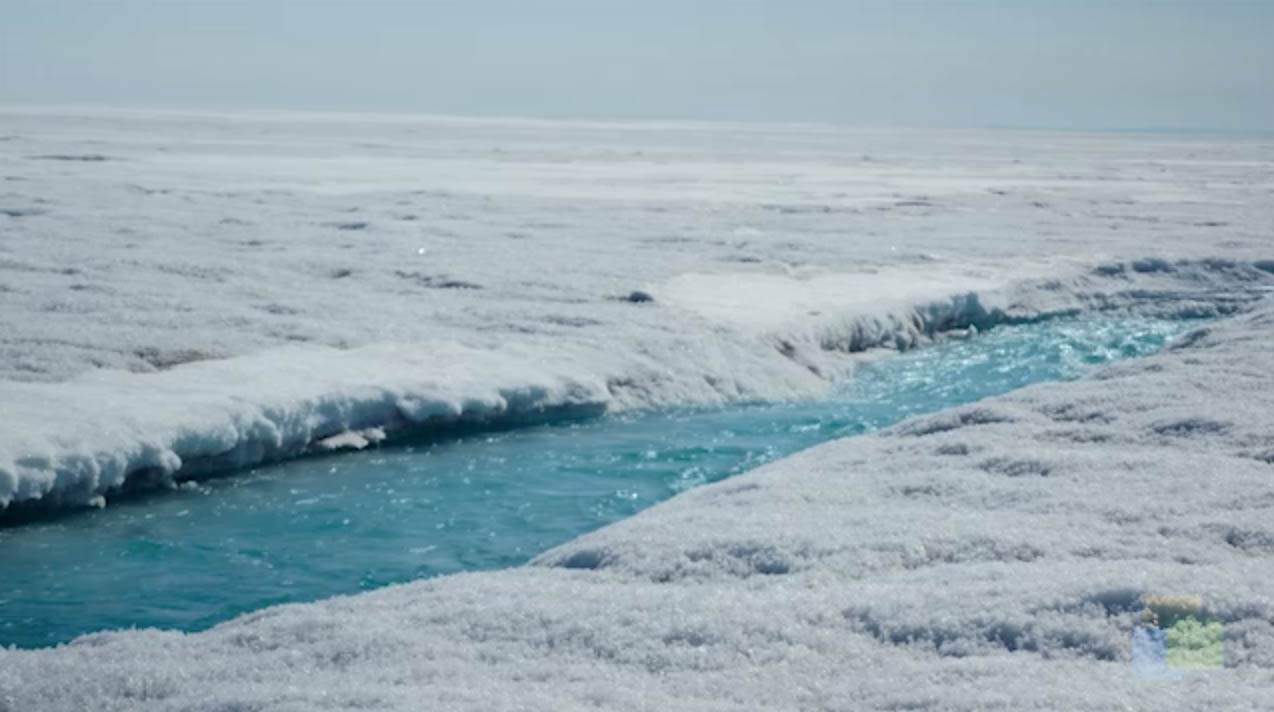
In this video, Brad Rosenheim describes how Louisiana sediment cores are used to estimate sea level changes over the last 10,000 years. Video funded by NSF grant #: OCE-1502753.

Watching this video will cause your critical thinking skills to improve. You might also have a great day, but that's just correlation.
Download the CPALMS Perspectives video student note taking guide.

A discussion describing ocean currents studied by a physical oceanographer and how math is involved.
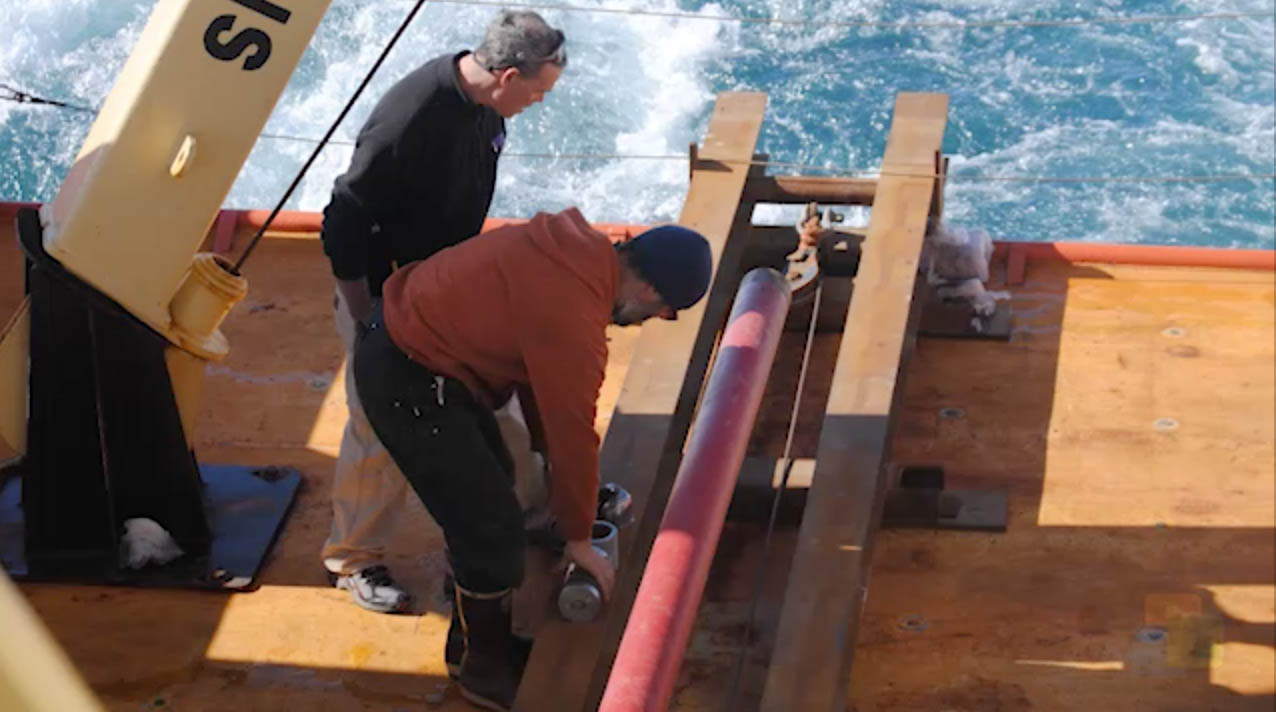
In this video, Eugene Domack explains how past Antarctic ice sheet movement rates allow us to understand sea level changes. Video funded by NSF grant #: OCE-1502753.
Download the CPALMS Perspectives video student note taking guide.
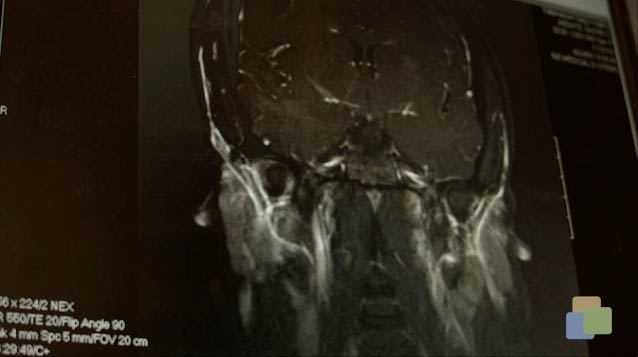
Jens Foell discusses the link between correlation and causation in PTSD patients.
Download the CPALMS Perspectives video student note taking guide.
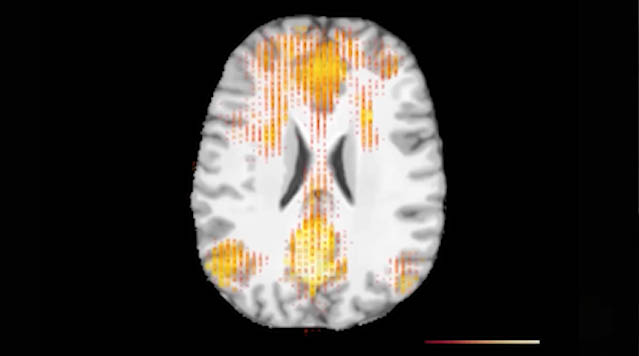
Florida State Researcher, Jens Foell, discusses the importance of understanding correlation versus causation when researching personality traits and criminal behavior.
Download the CPALMS Perspectives video student note taking guide.

Researchers Frank Johnson, Richard Bertram, Wei Wu, and Rick Hyson explore the necessity of scientific and mathematical collaboration in modern neuroscience, as it relates to their NSF research on birdsong.

Have a need for speed? Get out your spreadsheet! Race car drivers use algebraic formulas and spreadsheets to optimize car performance.

What happens when math models go wrong in forecasting hurricanes?
Download the CPALMS Perspectives video student note taking guide.

Unlock an effective teaching strategy for making connections with absolute values to graphing in this Teacher Perspectives video for educators.

Brandon Reese, a PhD candidate in the FAMU-FSU College of Engineering, discusses the significance of both Bernoulli's equation and statistical analysis for the design of a "smart wing."

Hear this oceanography student float some ideas about how statistics are used in research.

What does it mean to be normally distributed? What do oceanographers do when the collected data is not normally distributed?

Data logging has transformed competitive racing! These SCCA drivers discuss how they use computers to compare multiple sets of data after test runs.

Ecologist Rebecca Means discusses the use of statistical sampling and comparative studies in field biology.

This quantitative measurement and statistics activity will allow you to save face.

Florida State University Counseling Psychologist discusses how he uses confidence intervals to make inferences on college students' experiences on campus based on a sample of students.
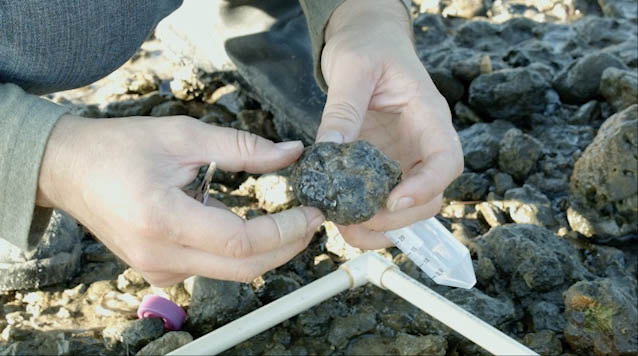
Will Ryan describes methods for collecting multiple random samples of anemones in coastal marine environments.

Will Ryan describes how linear regression models contribute towards his research on sea anemones.

Graphic designer and artist, Drexston Redway infuses statistics into his artwork to show population distribution and overlap of poverty and ethnicity in Tallahassee, FL.

Hydrogeologist from Nestle Waters discusses the importance of statistical tests in monitoring sustainability and in maintaining consistent water quality in bottled water.
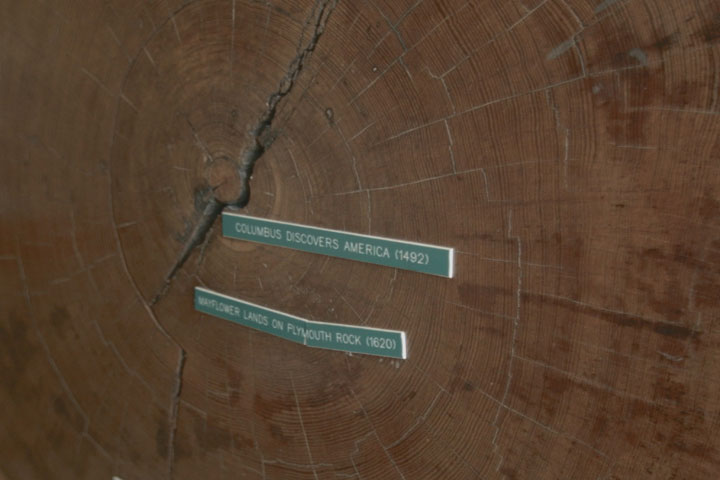
In this video, fire ecologist Monica Rother describes tree ring research and applications for land management.
![Cpalms [Logo]](/images/cpalms_color.png)








